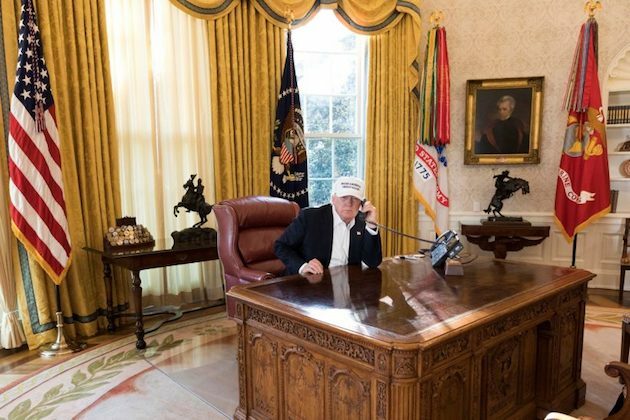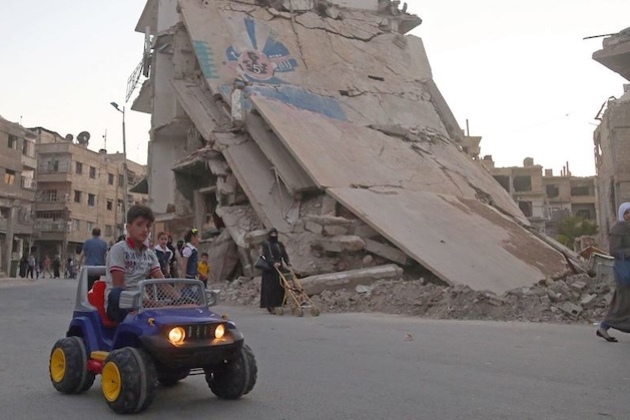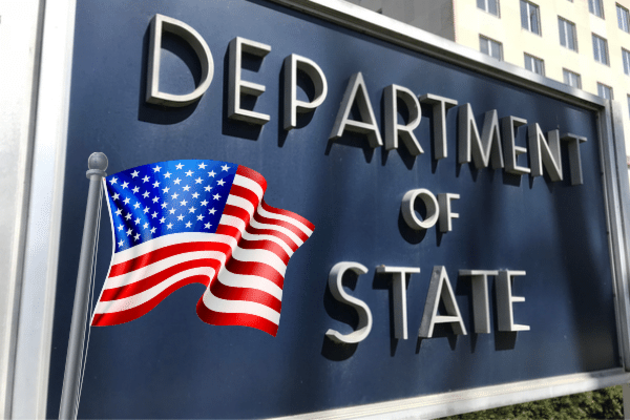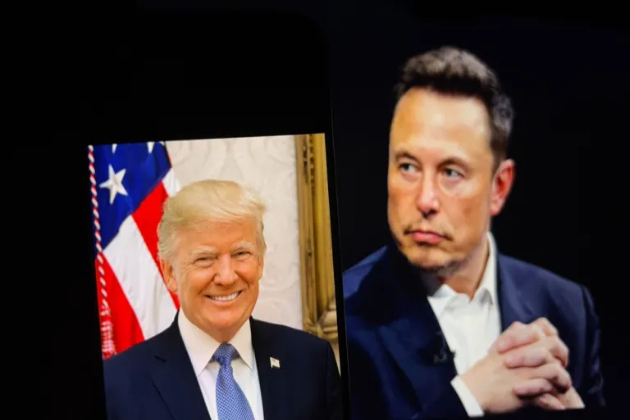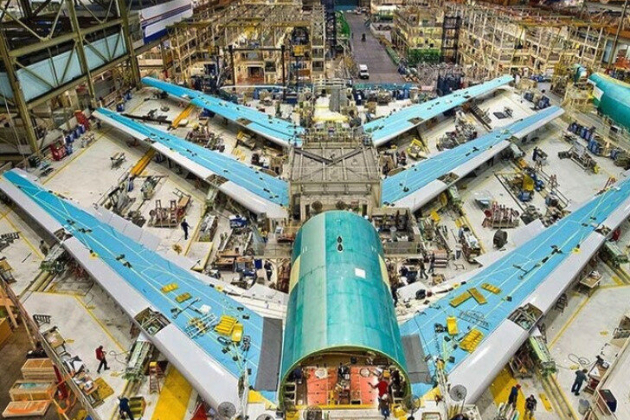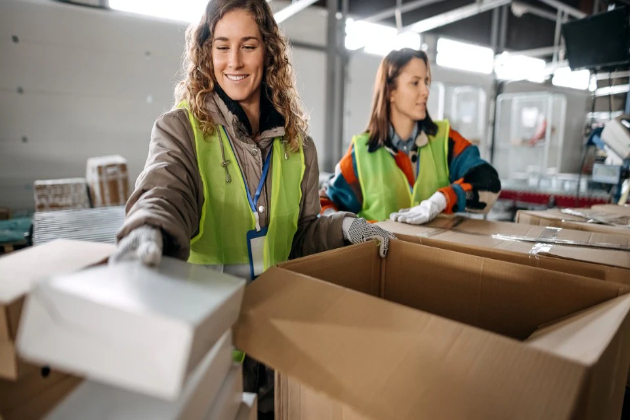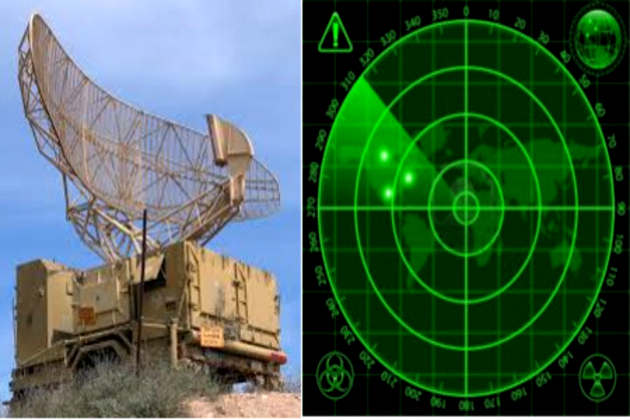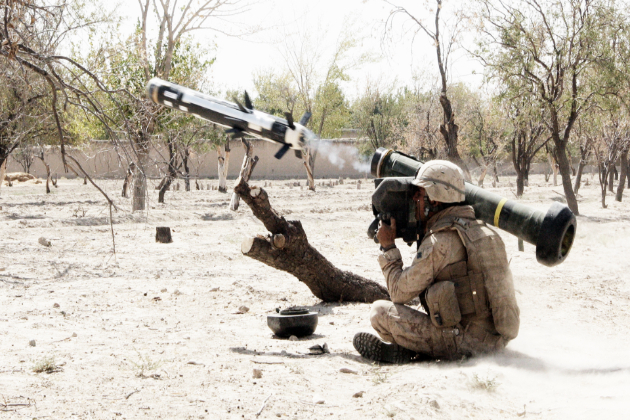How cats and camels helped the Soviets to win WWII
RBTH
03 Dec 2018, 16:25 GMT+10
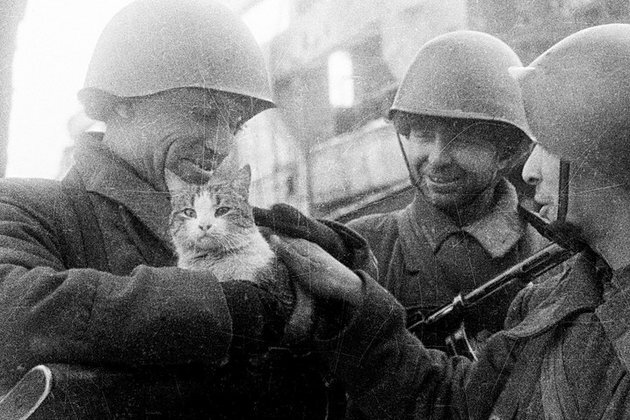
Besides traditional horses and dogs, such exotic animals as camels were engaged in the battle for the Motherland. Cats, for their part, didn't fight the enemy on the front lines, but saved many lives by securing the Soviet rear. The last war of the cavalry
Israel Ozersky/Sputnik Despite the fact that WWII was a war of tanks and the glory days of dashing cavalry attacks were long gone, horses still played an important role in the conflict.
All-out attacks by cavalry units were a rare sight, since they led to huge casualties among the animals. However, sometimes cavalry units were used for rapid breakthroughs and pursuing the retreating enemy. But more often than not, Soviet cavalrymen were used to dismount and fight as regular infantry.
Armed with light artillery guns, Soviet cavalrymen appeared where the enemy wasn't expecting them and bombarded the Germans. Such tactic was very useful during the Battle of Moscow in 1941, where cavalry units made up almost a quarter of all Soviet divisions.
Besides participating in warfare, horses were indispensable in the transportation of cargo and artillery in roadless terrain. In the cruel conditions of Russian autumn and winter, horses had a serious advantage over trucks, since they didn't get stuck in mud or snow. They also often served as food for the Soviet troops encircled by the enemy.
The Wehrmacht also had their own cavalry units, but they soon were on their last legs. The Germans didn't have such a limitless source of these animals as the Soviet Union, which got horses in large numbers from its Far Eastern ally, Mongolia.
Man's best friends
Sputnik As equals, dogs protected the Soviet Union along with the common soldiers not only in the rear, but on the front lines as well.
Being well prepared at special training centers, dogs performed a medical role, dragging the wounded from the battlefield. They also operated as mine seekers, messengers and sled pullers, protected important facilities from saboteurs and acted as saboteurs themselves.
At the very beginning of the war, the Soviets used kamikaze dogs, officially known as "canine tank destroyers." They were trained to run towards enemy tanks with an explosive device on their bodies. After they crawled under the enemy machine, a long lever set off an explosion upon contact with the target, killing both the enemy and the dog.
Over 300 enemy tanks were destroyed by Soviet kamikaze dogs. In the last years of the war, such practice became needless and was abandoned. The remaining animals were turned into mine seekers.
Heroic dogs were highly praised by the Soviets, who brought them to participate in the 1945 Victory Parade. Stalin personally gave his jacket to the wounded Julbars (a dog who found over 7468 mines during the war) for him to carry across Red Square.
From Stalingrad to Berlin
Alexander Kapustyansky/Sputnik Camels firstly appeared on the battlefronts of the Great Patriotic War during the Battle of Stalingrad. Soviet troops near Astrakhan, who were going to take part in one of the most important battles of the war, lacked sufficient trucks and horses.
So the soldiers started to search for and capture wild camels in the semi-desert to use them for cargo and artillery transportation. The animals didn't fail, and soon become real combat comrades to the soldiers.
Nearly 350 camels took part in the war. Many of them were killed, and many others were "demobilized" by the soldiers when they left them with local zoos on the road across Eastern Europe.
There were, however, some who even made it to Berlin. According to legend, soldiers took a camel called Kuznechik (Grasshopper) to the steps of the captured Reichstag and the animal spat on it.
'Meowing division'
Yakov Ryumkin/Sputnik Unlike other animal participants in the war, cats didn't fight the enemy or carry cargo. Even though they never appeared on the front lines, their contribution to the war was also significant.
During the siege of Leningrad (as St. Petersburg was known then), citizens suffered from severe hunger. They ate all the cats in the city, which resulted in an infestation of rats. Hordes of rodents broke into houses and storages, devouring the last scarce food supplies.
The city authorities hunted the rats down, shot them, even squashed them with tanks, but nothing helped. That is why when the blockade was broken in 1943, wagons full of cats were the first to enter the city.
The "meowing division," as it was called, quickly dealt with the problem and rescued the city from the army of disease peddlers. Monuments to these cats from grateful citizens can be seen today in St. Petersburg.
If using any of Russia Beyond's content, partly or in full, always provide an active hyperlink to the original material.
wwii dog animal cat More exciting stories and videos on Russia Beyond's Facebook page Read more What strange things are Russians doing with camels?Who let the dogs out: 7 of the most famous canine creatures in Russian cultureWhy did the Soviets use 'suicide' dogs to blow up Nazi tanks?
 Share
Share
 Tweet
Tweet
 Share
Share
 Flip
Flip
 Email
Email
Watch latest videos
Subscribe and Follow
Get a daily dose of Irish Sun news through our daily email, its complimentary and keeps you fully up to date with world and business news as well.
News RELEASES
Publish news of your business, community or sports group, personnel appointments, major event and more by submitting a news release to Irish Sun.
More InformationInternational
SectionTwo measles cases confirmed in Cook County
CHICAGO, Illinois: The Chicago and Cook County health departments say that two people in Cook County have measles. These are the...
EPA to cancel 800 grants, including all for environmental justice
WASHINGTON, D.C.: The Trump administration through U.S. Environmental Protection Agency (EPA) is canceling nearly 800 grants, including...
Forced disappearances continue to haunt Syrian families
I will never forget that fateful moment when I was just 11 years old, walking back home from school with my friend. Unfortunately,...
Anthony Albanese returned as Australian prime minister
SYDNEY, NSW, Australia - The Australian Labor Party has been swept to victory for a second term after defeating the Coalition in an...
State Department launches second round of deferred resignations
WASHINGTON, D.C.: The U.S. State Department has started a second round of its deferred resignation program, according to an internal...
Trump says fraud cases referred to DOJ from Musk-led DOGE
WASHINGTON, D.C.: U.S. President Donald Trump said this week that some fraud cases had been reported to the Justice Department based...
Europe
SectionIreland’s Ryanair warns it may cancel Boeing orders over US tariffs
DUBLIN, Ireland: Ryanair has issued a sharp warning: if U.S. tariffs under President Donald Trump's trade policies raise the cost of...
Ireland’s unemployment dips to 4.1% in April
DUBLIN, Ireland: April 2025 saw a slight improvement in the labor market, with the seasonally adjusted unemployment rate dropping to...
UPS to cut 20,000 jobs, close facilities amid Amazon slowdown
ATLANTA, Georgia: United Parcel Service is cutting 20,000 jobs and closing dozens of facilities, marking one of its biggest shakeups...
Ireland to launch first military radar system in 2025
DUBLIN, Ireland: Ireland is preparing to activate its first-ever military radar system, with phased implementation set to begin early...
US approves $46 million Javelin arms deal to boost Ireland’s defense
DUBLIN, Ireland: Ireland has moved a step closer to strengthening its peacekeeping capabilities after the U.S. State Department approved...
Ireland plans first winter sports arena in Cherrywood
DUBLIN, Ireland: Ireland could soon have its first dedicated winter sports and entertainment arena, with plans for a 5,000-seater venue...


